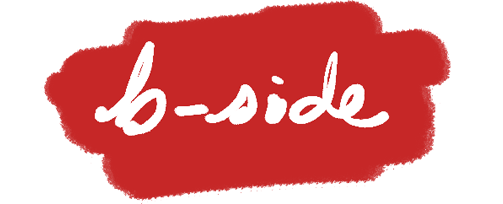Many of my friends and acquaintances have asked me to help them with their resumes. I myself have gone through nearly dozens of iterations for just one job. I don't claim to be a resume expert since first, well, I am not and second, I only have experiences applying to a few types of jobs (mostly in technology).
When iterating on my own resume, I found most of the resume advice out there to be run-of-the-mill. They were useful, of course, but didn't help make the leap from an okay resume to a great one. Most importantly, they didn't help you shine.
I want to capture what I found myself typing over and over again to advice seekers and share with anyone else who might find it useful too. The key lies in one phrase: focus on the how, not the what.
Let's first look at a typical bullet point you can find on many resumes, this one in particular is from a friend's for a product manager job:
"Evaluated UI overhaul and feature implementations, including UX design, user personas, and product workflows."
What does this bullet point tell me?
- You did some evaluation on UI and features
- You know some terms in UX design
I can't tell if you're a great or just okay PM. Any average PM can do that. I don't see any sought-after qualities in those statements. Let's redo this.
Extract Details by Asking Questions
The goal is to first strip out all the unnecessary parts of your bullet point and distill down to one simple sentence in a verb-object form. Then, repeatedly ask questions until you extract all the important details from your statement.
Start by asking these questions:
- What parts of your sentence are redundant?
- For each verb in your sentence, ask "how did I do that?"
- For each key noun in your sentence, ask "what exactly?"
- At the end, ask "what is my impact in this?"
Using the above example:
"Evaluated UI overhaul and feature implementations, including UX design, user personas, and product workflows."
First, what parts of my sentence are redundant?
Well, "including UX design, user personas, and product workflows" is pretty meaningless. So now we have:
"Evaluated UI overhaul and feature implementations."
Great, simple verb-object, easy to parse.
Then, how did I evaluate?
I did a user study to document problems in existing UI, took these problems to our UX researchers, and launched a design sprint involving 3 UI designers and 1 UX researcher. We took the results from the sprint and evaluated again with users. Finally, we consolidated our results and proposed a new UI.
What kind of UI overhaul exactly?
The old UI was from 2004, we wanted to keep the familiarity of the old UI but make it much more intuitive and less frustrating.
What kind of feature implementations exactly?
We had a list of features we wanted to add but didn't know how much value they added to the user experience or how to reconcile those with the existing features.
What is my impact?
The new UI demonstrated 60% less error rate in key change areas, increased would-be in-app shopping conversation rate by 30%. Out of 12 key tasks, users were able to perform 10 of them independently, compared to 4 from before.
Great, notice now if someone were to read your answers to all those questions, they'd have a drastically better understanding of how well you did. The magic is in the details. But obviously, you can't possibly fit all those into one bullet point. What we need to do now is to summarize these answers and pick the most important details to include.
You can try:
"Overhauled UI and feature set by conducting user studies and design sprint, reducing error rate by 60% and increased CR by 30%."
Or, depending on the focus you're trying to present:
"Overhauled UI and featured set by leading a design sprint with a team of 4 UX experts, resulting in improvements to decade-old UI with a 50% usability increase."
Now contrast that with the original statement:
"Evaluated UI overhaul and feature implementations, including UX design, user personas, and product workflows."
Which person would you hire?
Recap
It's a simple process to extract gems from your statements. You can tweak the process to what fits your style or industry conventions. If you get stuck and feel like you have nothing valuable/impactful to say about something you did, or you don't have the details, then it might not be something you want to put on your resume at all. That's a whole other problem.
So, in summary,
- What parts of your sentence are redundant?
- For each verb in your sentence, ask "how did I do that?"
- For each key noun in your sentence, ask "what exactly?"
- At the end, ask "what is my impact of this?"
Lastly, pick and choose your keywords and rebuild your bullet point.
Hope that helped! Let me know if you have any simple and effective tips as well.
